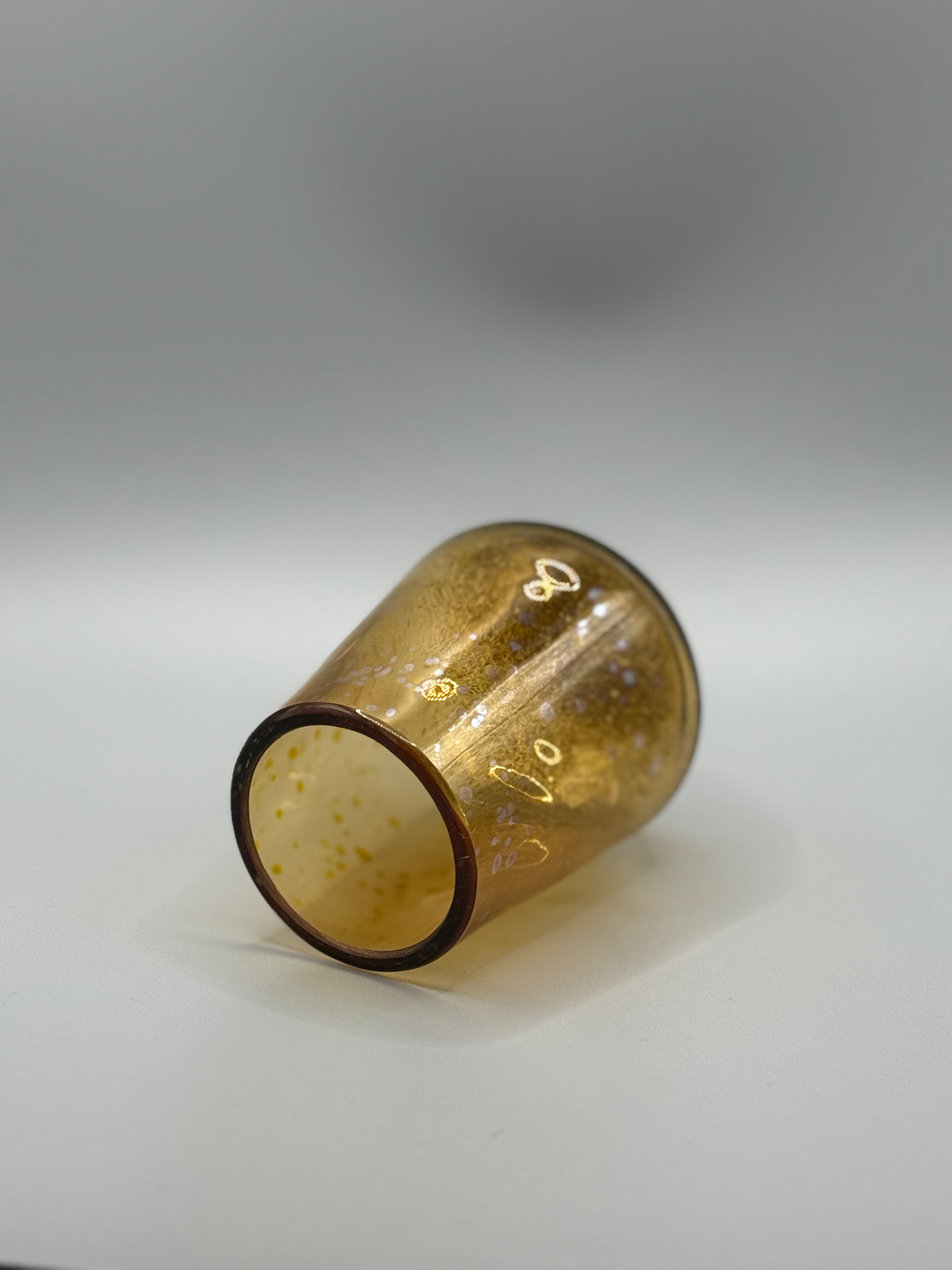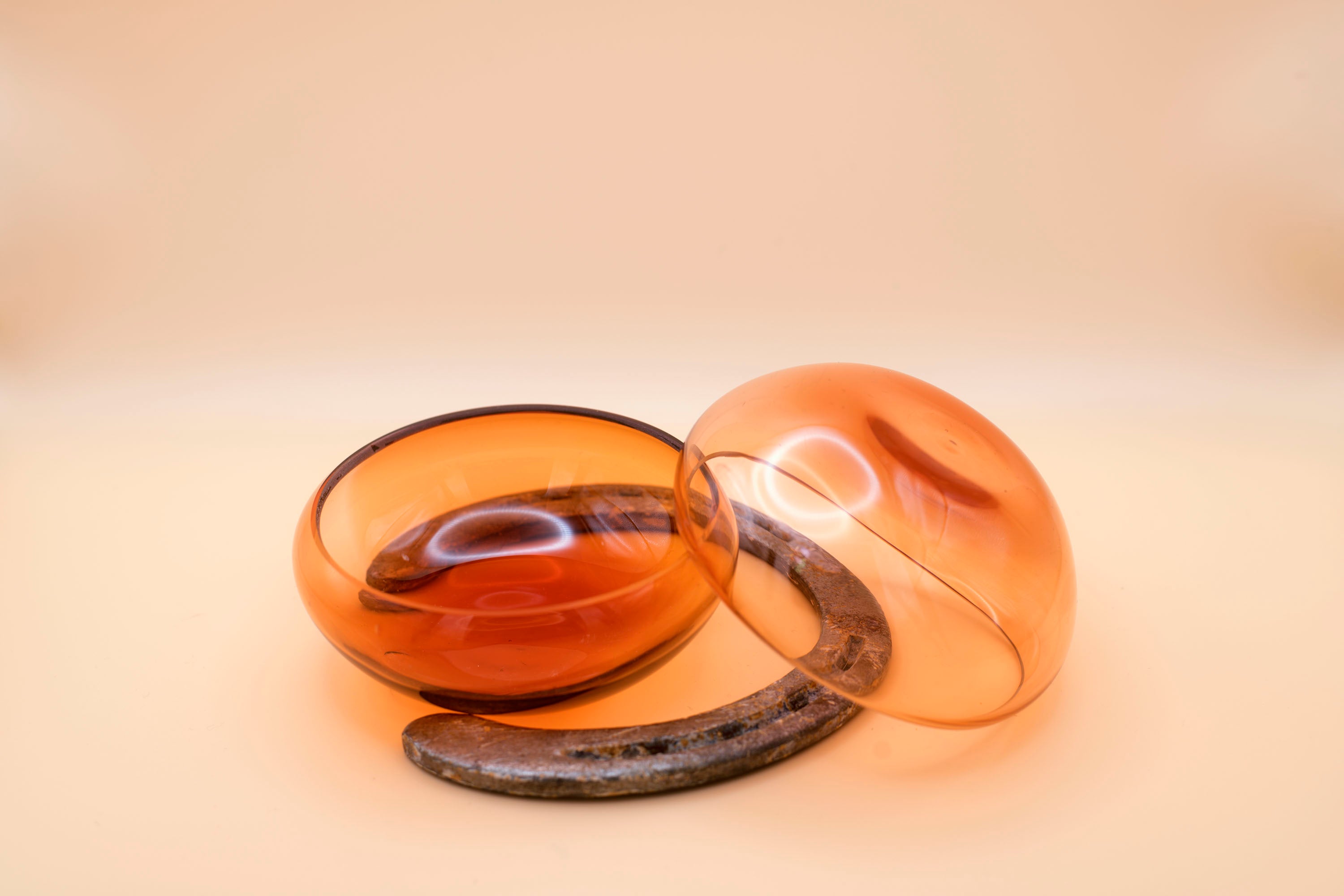Western Pleasure is a popular equestrian discipline that showcases the smooth gaits and calm demeanor of the horse. It was an event I would compete in as a kid in 4H at the Riding Competitions and Gymkhanas. But how did this style of riding come to be? Let's delve into the history of Western Pleasure and its evolution over the years.
Origins of Western Pleasure
Western Pleasure has its roots in the American West, where cowboys needed well-trained horses for long days of work on the ranch. The goal was to ride comfortably for hours on end, so the gaits needed to be smooth and easy on the rider. The intention of this sport is to show the performance of the horse through different gates and different leads. The judges present the riders with a "pattern" that the riders must complete perfectly to preserve a top spot in the competition.
The Influence of the Quarter Horse
The Quarter Horse played a significant role in shaping Western Pleasure as we know it today. With their strong build and calm temperament, Quarter Horses became the breed of choice for Western Pleasure competitions. Their ability to perform slow, controlled gaits made them ideal for the discipline.
The Evolution of the Discipline
Over the years, Western Pleasure Riding has evolved from a practical necessity to a popular competitive sport. Riders now compete in events that require them to perform specific patterns that demonstrate their horse's training and communication between the pair.
Key Characteristics of Western Pleasure Horses
Western Pleasure horses are known for their smooth gaits, relaxed demeanor, and low head carriage. When horses drop their heads, their backs round out which is called "collecting" and it makes a smoother ride for the equestrian and creates a great body shape for performance. They should move freely and willingly under saddle, with a relaxed and collected appearance. The main goal of many equestrian events is to highlight the performance of the horse with minimal correction.









